Logo Adaptability: How to Ensure Your Logo Survives Digital Darwinism
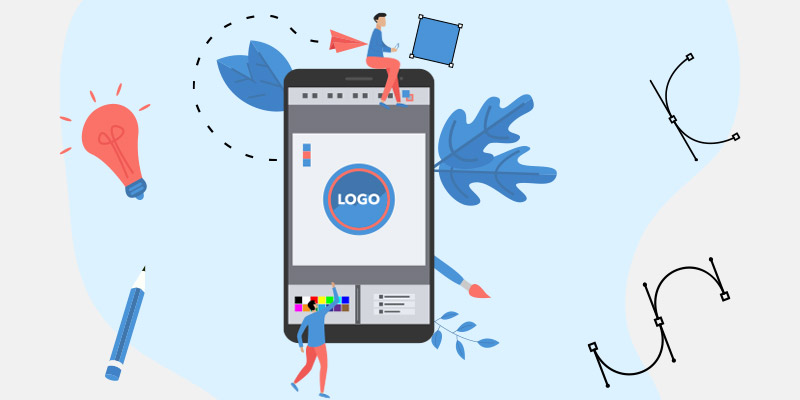
Featured Image: iStock/undefined
Over time, the graphic design industry has been through many changes. Different trends have influenced the visual design and inspired people across the world to create memorable illustrations, logos, imagery, and art. With the developments in technology and changes in consumer behavior and patterns, the graphic design industry also had to adapt quickly.
The advancement in technology has been very fast-paced and it has led to the popularity of the term digital Darwinism. This term is used in situations when technological development is moving faster than businesses can adapt to it. In graphic design, it can be used to highlight the changes in techniques and tools that brands and designers have to incorporate in their strategies.
Digital Darwinism in Graphic Design
The digital age has introduced visual elements that are versatile, simple, and require minimal upgrades over the years. In logo design, for instance, you will find that the use of colors, typeface, and symbols has evolved as well.
From 3D designs to flat icons, brand owners and graphic designers have moved towards elements that are easier to identify on various digital mediums. With the rise of eCommerce and now Metaverse and NFTs, it has become incredibly important to ensure logo adaptability and relevance. Brands and designers are creating variations of their logos that can be used in virtual events, for gamification and integrated with AR platforms as well.
In this day and age, you can also use different tools to improve your designs and create an icon or brand symbol that connects with the consumers immediately.
It is also a good idea to consider options such as launching a logo design contest where you can pick a winning design for a client or business. When it comes to brand identity designs, you need to pay a lot of attention to the elements that bring them together. This is where logo adaptability comes in.
How to Create a Relevant Logo To Face Digital Darwinism
The colors, font styles, and imagery add to the adaptability of the logo in the digital age. Here are a few ways that you can try to ensure that your logo stays relevant in the face of digital Darwinism.
Competitor Analysis
This is one of the first things that you should focus on when working on an adaptable design. In this day and age, most businesses have an online presence, including an eCommerce store and social media profiles. This means that the competition is quite tough in the digital world. To create an adaptable and relevant logo, you need to follow your competitors closely and analyze the elements they have used in their brand designs.
Here are a few things that you can do for a detailed analysis of your competition and get the desired results too:
- Locate your target market and start researching similar businesses in the niche
- Visit the websites and social media profiles to get a close look at the logo design on different mediums
- Narrow down a few brand icons that stand out and create a list of elements that make them appealing and versatile
- Consider what makes the logo stand out among others in the industry
- Analyze how it could be improved further so you can focus on adding those elements to your design
- Highlight the unique selling point of your project or business and incorporate it into the final version
- Determine the competitive advantage you have over others and draw attention to it with a striking color contrast, customized typography or nostalgic imagery
Example
If you are working for a client in the SaaS industry or have a business in this niche, then you should take a look at various SaaS platform logos. So, research what a startup offering customer support services is using for its app and website. It could be abstract icons used in technology or clear-cut wordmarks and lettermarks. Once you have an idea of the colors, fonts and symbols that competitor businesses are using in their logos, you can avoid similarities and draw inspiration from them too.
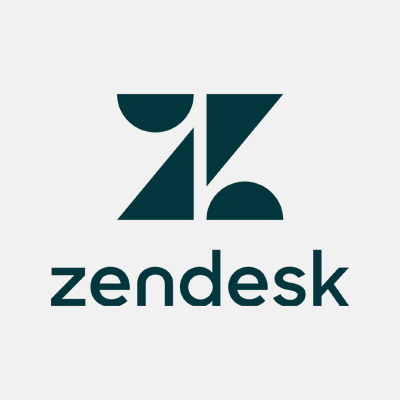
Image Source: wikipedia.org

Image Source: zilliondesigns.com
It will also allow you to choose the visual elements for your logo wisely. The logo is one of the first things that people are likely to look at. It also gives them an idea of the niche or industry and the values of the brand. With a versatile logo, you can not only make it easier for your audience to differentiate the business from the competitors but also establish trust and credibility.
To make sure that your logo stays visible in the crowd and appears similar to other icons in the industry, you need to conduct an extensive competitor analysis by visiting social media pages, blogs and websites.
How to Ensure Logo Adaptability: Run a quick search and find businesses that are near your location. Visit their websites and social media profiles to get an idea of the icons and design elements used to create awareness in the digital world.
Track the Trends
While you should try and avoid following the latest trends in graphic design, it is always a good idea to keep a close eye on them. To create a relevant logo that is adaptable as well, you need to be aware of what’s trending in the industry. Every year, trends come and go, with a few of them making a significant impact on logo design.
Example
If you take a look back at the brand symbols that made headlines in the 2010s, you will realize how trends such as minimalism influenced many of them. Spotify’s iconic logo is one example. The WiFi bars and the bright green color make the design instantly stand out among music-streaming platform logos.
It was redesigned in 2013 to a cleaner and minimalistic version. Two years later, it was changed again to a more recognizable color palette and friendlier wordmark. The design has continued to stay the same ever since 2015. If you think about it, logo designers and brand owners prefer to choose elements that are slightly trendy and convey the message immediately. You can also find inspiration with some of the top logo design trends of 2023 for your next project too.

Image Source: wikipedia.org
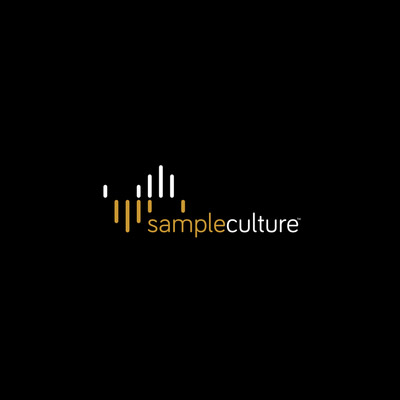
Image Source: zilliondesigns.com
So, track the latest ones that are expected to dominate in this field and understand how the changes can be incorporated into the design. Be it minimalist icons, bright Y2K effects, or 3D shapes, you might find a few elements that would make your logo timeless.
How to Ensure Logo Adaptability: Take a look at what the industry experts are predicting for the upcoming year or season. You can also find examples from brands that may have already added a few trending elements to their logos.
Add a Neutral Color
Now, this can be a bit challenging for designers and brands. Logos with neutral colors are clear-cut, minimalist, and have very little going on. By including such colors in the designs, you can ensure logo adaptability and relevance in the face of digital Darwinism.
Example
Consider the Apple logo here for a moment. The silver-gray tone of the symbol is one of the reasons why their products have a huge market share across the globe. The company also includes a black-and-white variation in its style guide. This color palette makes it easier for the brand to feature its logo or watermark on various digital mediums.
Apple’s website and Instagram page which has more than 29 million followers features the logo in black and white. You can find the silver-gray icon on iPhones, MacBooks, and computers. While most brands and designers create a variation of the logo in such colors, you can keep it simple by choosing them for the primary design.
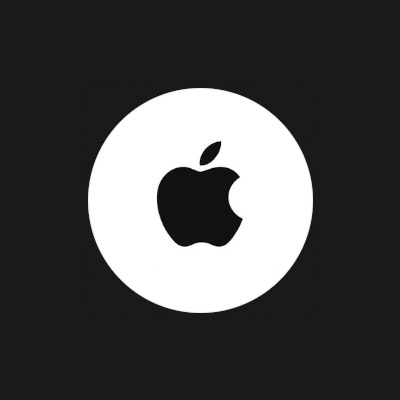
Image Source: instagram.com
You can also consider monochromatic tones for your logo design and create one that boosts awareness and recognition in the digital age.
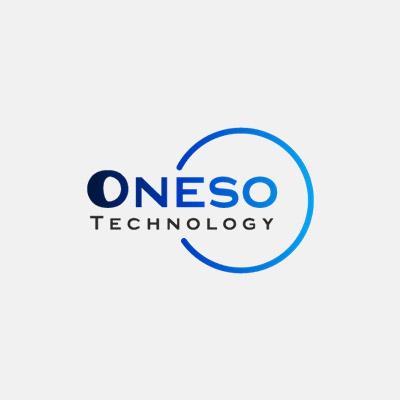
Image Source: zilliondesigns.com
How to Ensure Logo Adaptability: Pick a classic solid color such as black, red, or blue for a letter mark, icon, or symbol. Create a brief or style guide and make sure that you maintain consistency on all digital platforms in branding.
Create Shape-Shifting Designs
While it may sound slightly technical, a shape-shifting logo can adapt to different sizes or background elements quickly. It’s an icon that can be recognized in a smaller or bigger size, or against a neutral or colorful setting too.
When working on a logo, you can consider a combination of elements that would allow the final design to connect with the audience and stay in memory. For instance, many established brands in the world use combination icons that have a pictorial, abstract symbol, or lettermark with the company name.
With time, the organization switches to using the elements alone without the wordmark. Now, this depends on the recognition that the brand achieves over five to ten years. Despite that factor, you can still be creative with a shape-shifting logo design. For instance, you can choose animal imagery or a geometric shape with a wordmark and use those elements separately on social media platforms.
Example
Take the example of the brand symbol of Walt Disney here. The entertainment corporation’s icon features a wordmark in a handwritten script below the castle. Over the years, the logo has adapted quickly to modern technology and mediums. The handwritten name can change into a simple ‘D’ for apps and other digital platforms.
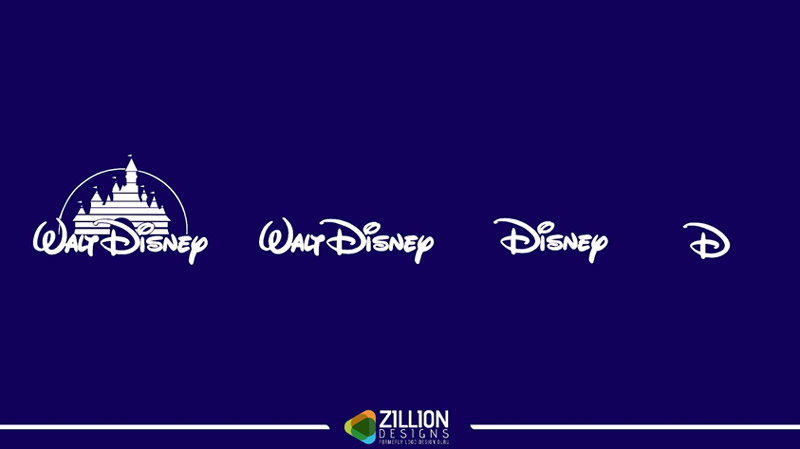

Image Source: zilliondesigns.com
In a way, this is a shape-shifting design as it can maintain its visual quality and brand message in different sizes. The circular shape can appear on the app, as a website favicon, and in the company’s Twitter or Linkedin profiles.
How to Ensure Logo Adaptability: Add a few hard shapes like triangles, rhombus or squares as they can stay relevant for a long time. You can also go for a circular one or get creative with lines and twirls to ensure adaptability in the face of digital Darwinism.
Influenced by Events or Occasions
Now, this is one factor that you might find very interesting. One of the most popular examples of a logo being influenced by events is the Google Doodle. The clear-cut wordmark that appears on the search engine’s home page changes frequently to mark an event such as Halloween or a special occasion like Women’s Day.
Example
This is what shows logo adaptability in the best way. Google manages to generate interest among people with its interesting doodles and convinces them to visit the page to view its new design as well. While many brands may not follow this pattern, you can always draw inspiration from it.
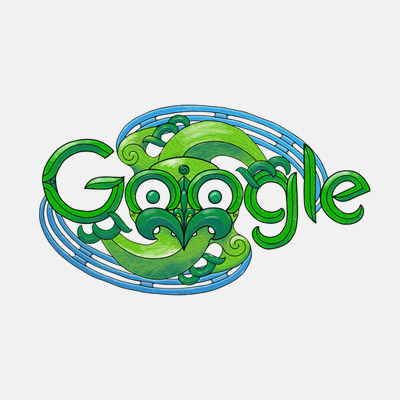
Image Source: google.com
In the beginning, it could also help you stand out from the competition and grab the attention of younger consumers who are looking for socially-aware brands or businesses. So, for instance, you can change the logo icon on your social media pages for World Environment Day. You may change the colors to blue and green or change the position of the elements to send a clever message.
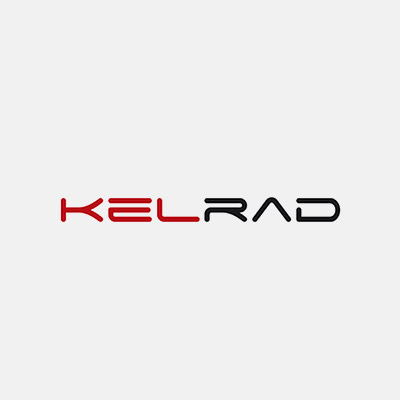
Image Source: zilliondesigns.com
During the pandemic, McDonald’s made a minor change to its iconic golden arches to promote social distancing. Audi is another company that separated the four rings to encourage consumers to follow the new guidelines. Both companies managed to generate a lot of interest among consumers with their unique messages. If you think about it, the logo designs made it easier for the brands to show the change and then go back to their original versions as well.
How to ensure Logo Adaptability: Create an icon that can be tweaked with various events or occasions. You can also make changes to the colors and shapes for a day or week to mark an important event like Black History Month.
Wrapping Up
It may be challenging to maintain logo adaptability in the digital age when you are starting. But if you keep some of the factors here in mind, you might be able to ensure relevance in the face of digital Darwinism. Technology is only moving forward and brands and designers need to keep up with the changes.


